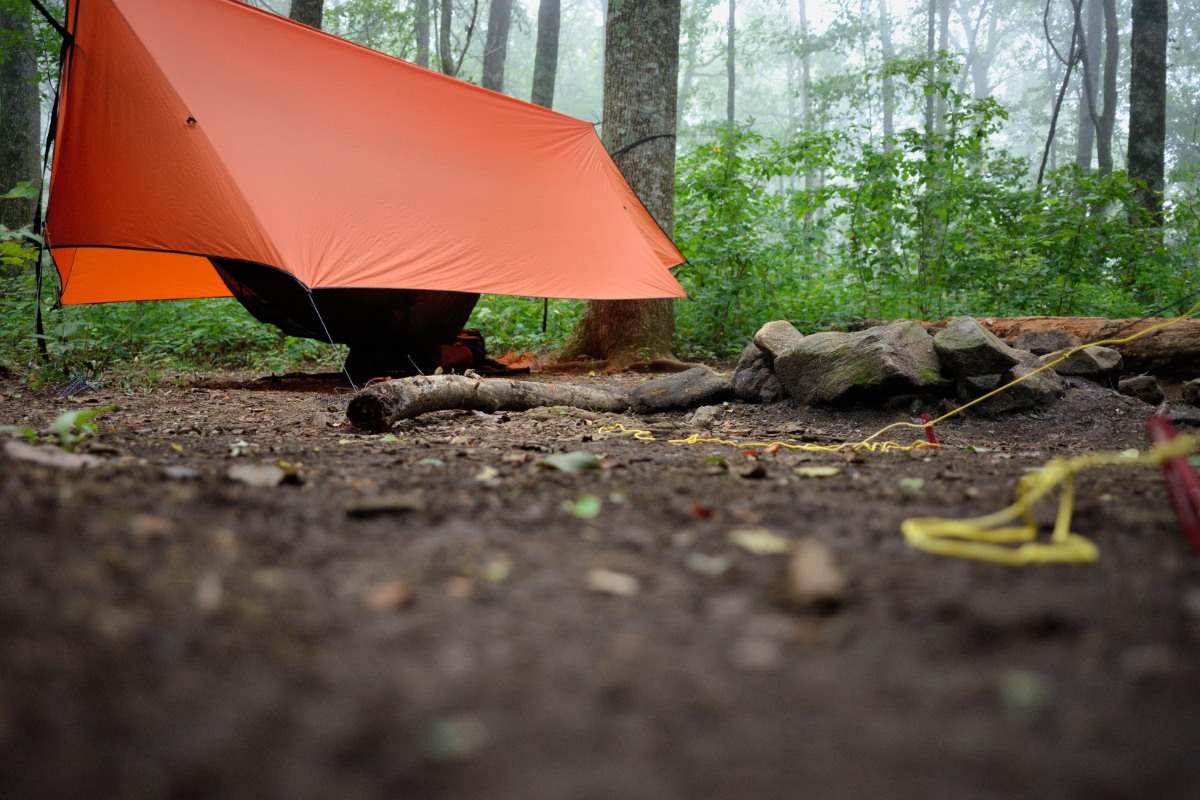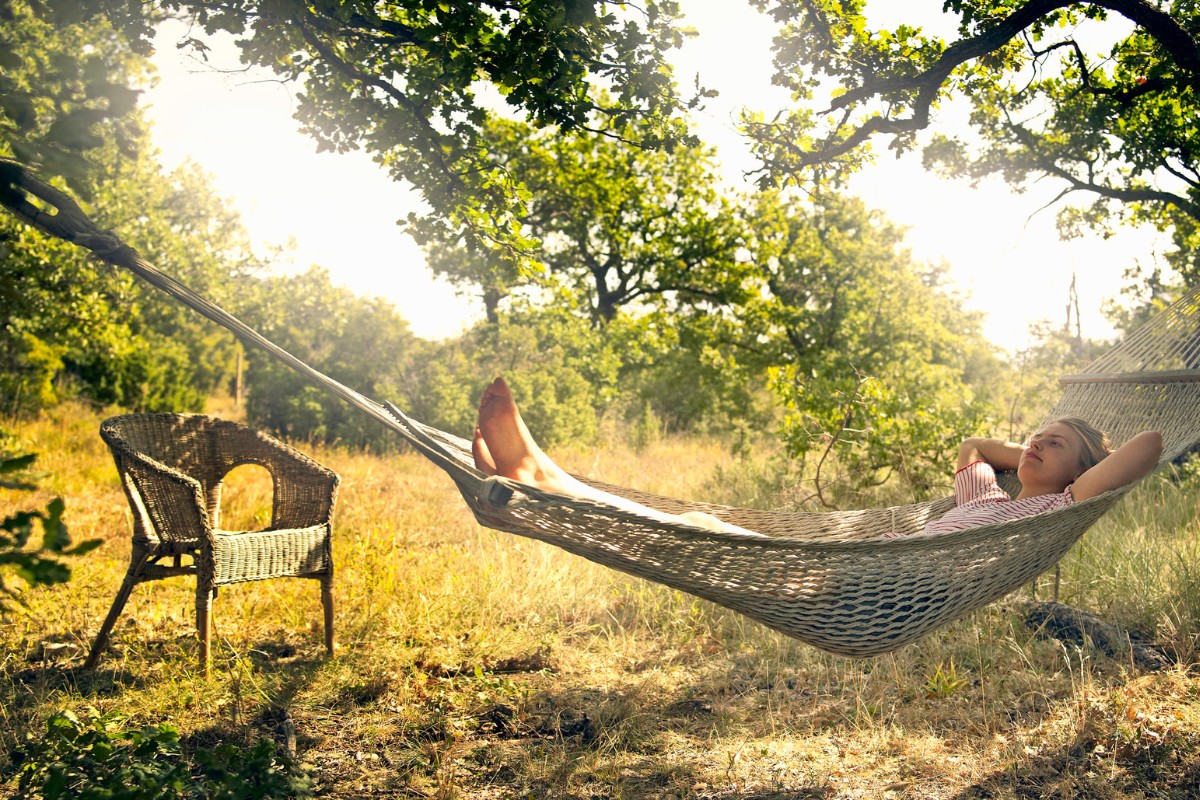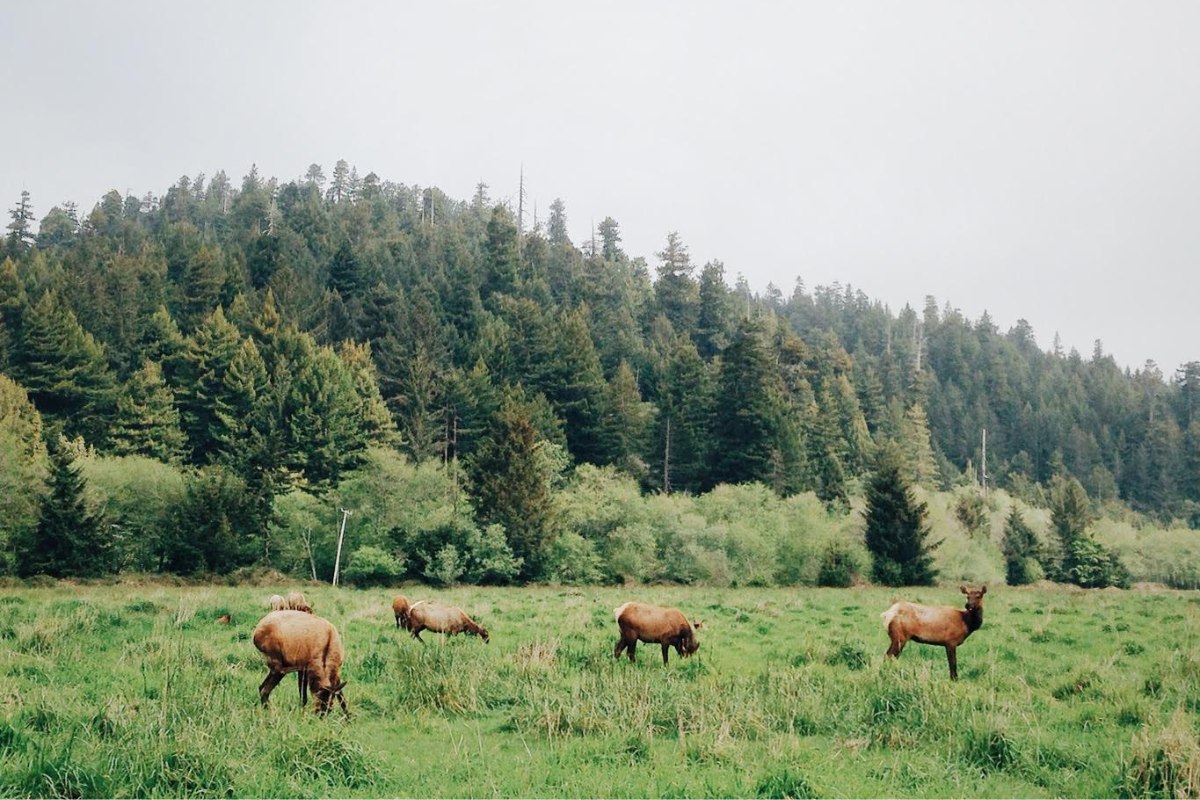Rain is bliss until it becomes a major roadblock during trekking and camping. In these tough and nasty times, people usually seek comfy and cozy shelters. Staying dry, relaxed, and warm is their priority. One of the biggest bonuses in this odd weather is hammock camping. Why not hang out in the hammock while reading, playing, or watching raindrops?
What Is a Hammock
While traveling, trekking, or enjoying the vantage point, people usually build a hammock. The hammock is the best savior to keep critters and moisture away. It is a sling made up of fabric, rope, or netting suspended between two or more points. It consists of one or more cloth panels usually hung between a couple of sturdy trees. Unlike tents, a hammock is handy and can be packed easily without consuming much space in a backpack. A hammock, a suspension system with a wide strap, a sleeping pad, a rain tarp, and bug netting is all you need for a comfortable and toasty stay.
With the right equipment, you can gear up for a dry and insulated stay in a hammock.
Here’s a complete guide on how to use a hammock in the rain, keeping certain factors in mind.
Choose the Right Tarp for You
Tarps, also known as rain flies, serve the purpose of roofs for tents and hammocks. Fortunately, there are wide varieties of tarps available in the market to choose from. They can differ in weight, coverage, versatility, durability, etc. This allows customizing your shelter system to match existing weather conditions. The tarps usually protect us from the sun, wind, and rain. Above all is the privacy that tarps provide. It might be daunting to choose the tarp to blur the lines between being indoors and outdoors.
To bring a sense of surety while choosing the right tarp, let’s get started!
Tarp Sizes
The tarp size depends on the adequate coverage you want for your hammock. Some people choose to minimize the tarp coverage to limit the weight of their gear, while others choose a larger tarp to hang out under. What’s more important is to keep the ends of the hammock dry. If the ends become moist, water can flow to the body of the hammock, ruining the whole jolly mood. So look for a tarp that extends 6 to 12 inches from the ends of the hammock when it’s hung.
The other factor is the height at which you hang your tarp. Hanging it at a higher height reduces your coverage on the sides. The added size and height help to sustain in harsh weather and provide a lot more privacy for things like changing clothes, etc.
Styles of Tarp
While any tarp can provide you with protection against inclement weather, there are actual tarps designed for hammocks. A vast selection of styled tarps is available in the market, ranging from the simple roof to weatherproof fortresses. These include rectangular tarps, catenary tarps, hexagonal tarps, and diamond tarps with different anchor points to set up fluently.
Rectangular Tarp
Containing four anchor points, this tarp is set up parallel to the hammock. It tends to be bulkier yet versatile. It can be pitched in different configurations with excellent coverage of the hammock, minimizing the ventilation.
Hexagonal Tarp
Being lighter, the hexagonal tarp offers less protection than a rectangular tarp. As the corners are angled inwards, it requires less material to construct. More ventilated yet expensive than a rectangular tarp.
Catenary Tarp
To prevent the tarp from sagging and flapping in the wind, catenary tarps are designed with special curved cuts. This also reduces the weight of the hexagonal tarp. The added advantage is that they are more effective without a ridgeline.
Diamond Tarps
This lightweight and encompassing shelter is ideal for excellent protection from rain and snow. With the ease of setup, they provide the least amount of coverage.
Now, when choosing a tarp, you can consider these styles depending on the weather needs.
How to Pitch a Hammock in the Rain
Once you are ready with the equipment, the next most important thing is how to pitch a hammock. The hammock with tarp should be set up to make it durable and sustainable in harsh weather. There are quick steps to keep your hammock long-lasting:
Choose Your Site Wisely
Selecting a location is a major concern while setting up a hammock. Depending on the tarp, it is essential to leverage structures in the field to preserve your setup from rain or wind. It becomes more important when the tarp is smaller, and the condition is crazier. A dense forest that acts as a wind barrier is the most prominent spot. A spot with two healthy and strong trees is a boon.
Pitching Tarp
In a rainy season, kick off pitching your tarp first so you can keep your hammock dry while hanging it. Hang a ridgeline by suspending it lower than the hammock. Create a V with the guy-lines to make space for hammock suspension. Secure a draped ridgeline with guy lines to nearby supports. Tying the rope from the suspension lines will direct the rainwater down the rope instead of your hammock.
Tie Hammock Using Your Geometry Skills
Too flat and too bent a hammock is not considered comfortable. The low point of the hammock should not be higher than 18 inches from the ground. If you are using straps, you can disconnect from the hammock body. Straps should be at a 30-degree angle towards the support for an ideal setup.
With the right rainy weather hammock camping gear, you can enjoy your hammock camping to the best. The above-mentioned measures and guidelines prepare you to battle all the uncanny weather conditions. Use and follow these hammock camping tips to keep yourself dry and insulated. With the right style and size of a tarp, you are all set to kick off hammock camping in the rain. So what are you waiting for?
Pack up your hammock and enjoy the crisp air and great outdoors without any obstacles.








